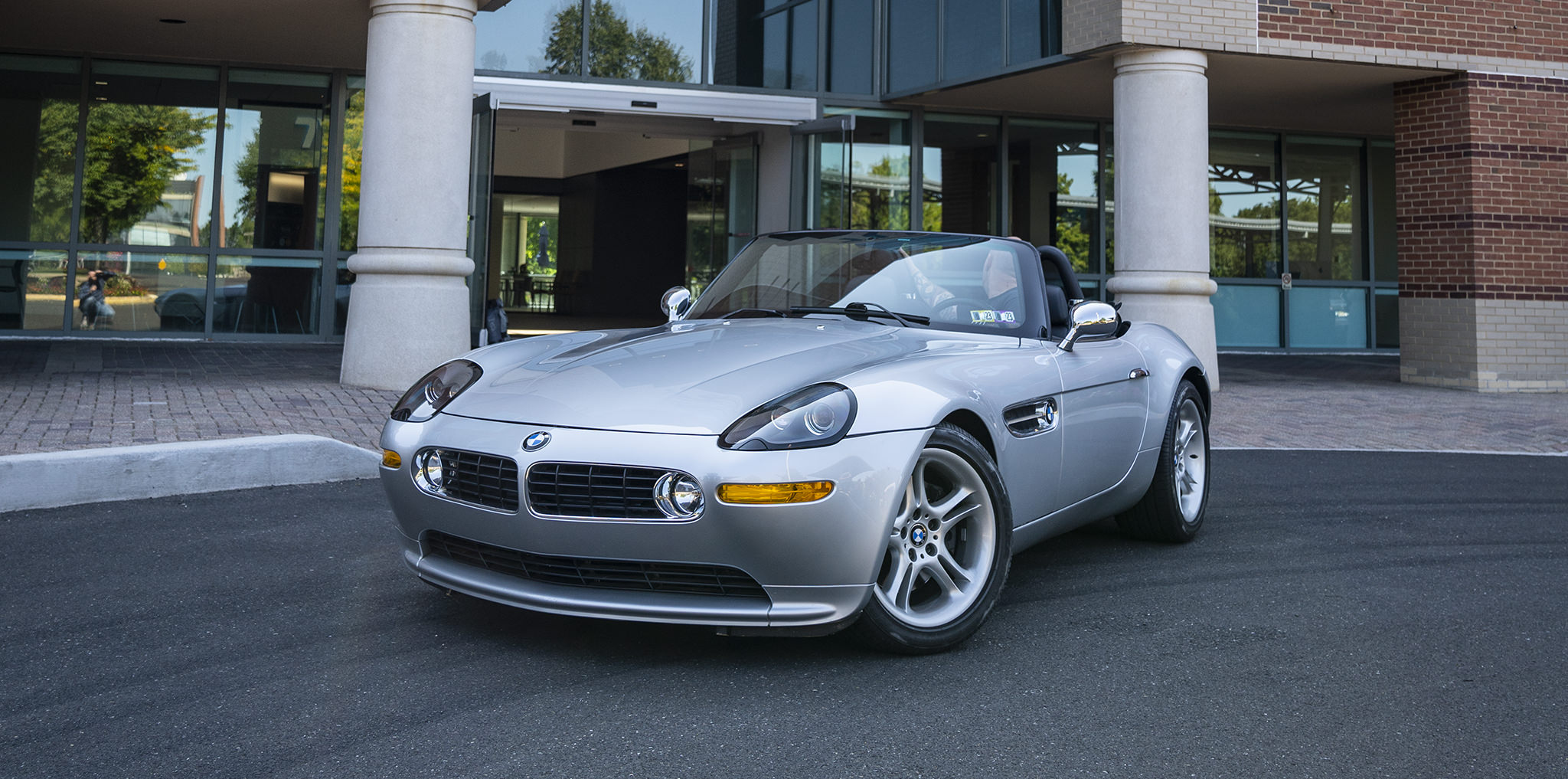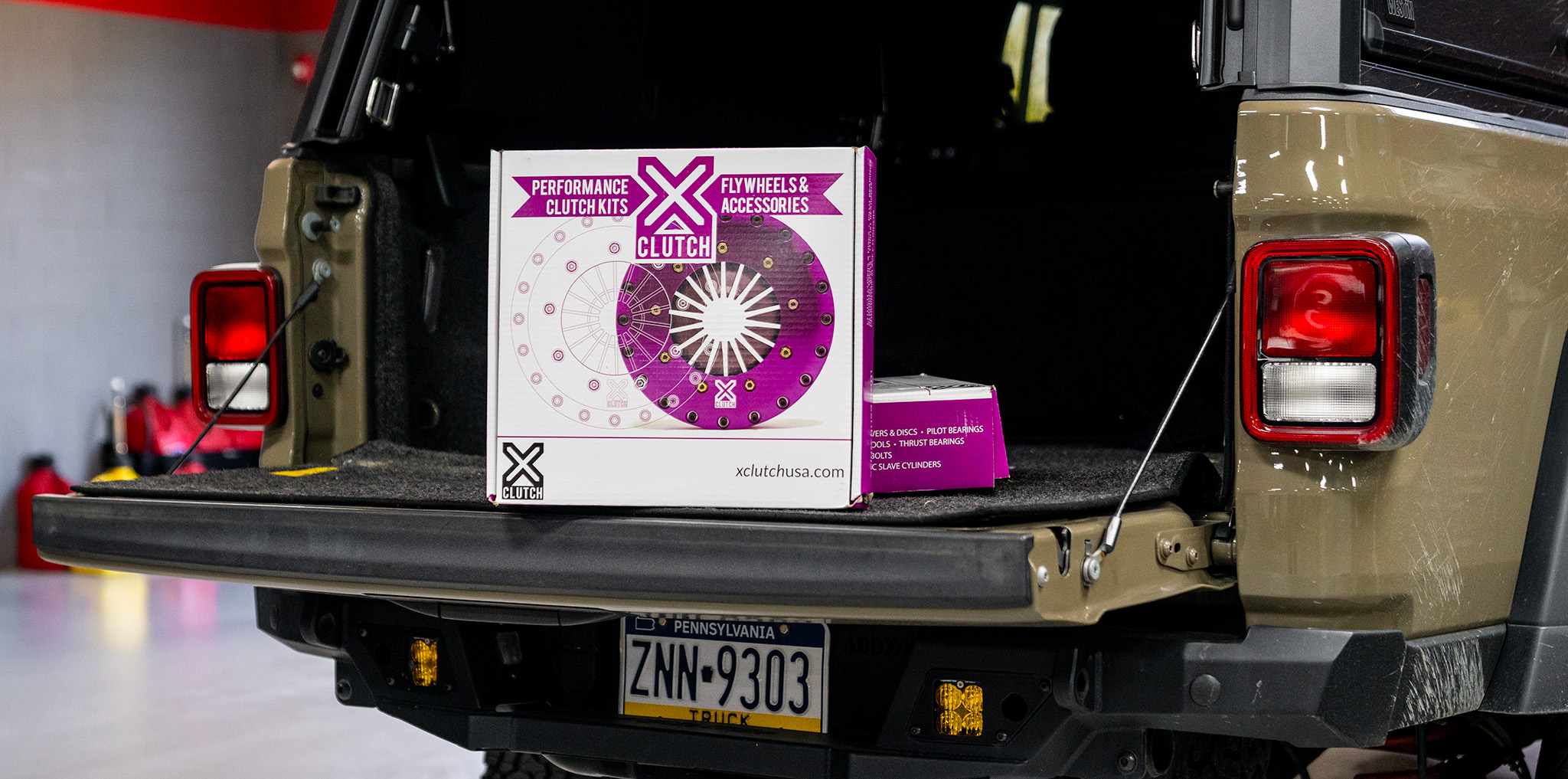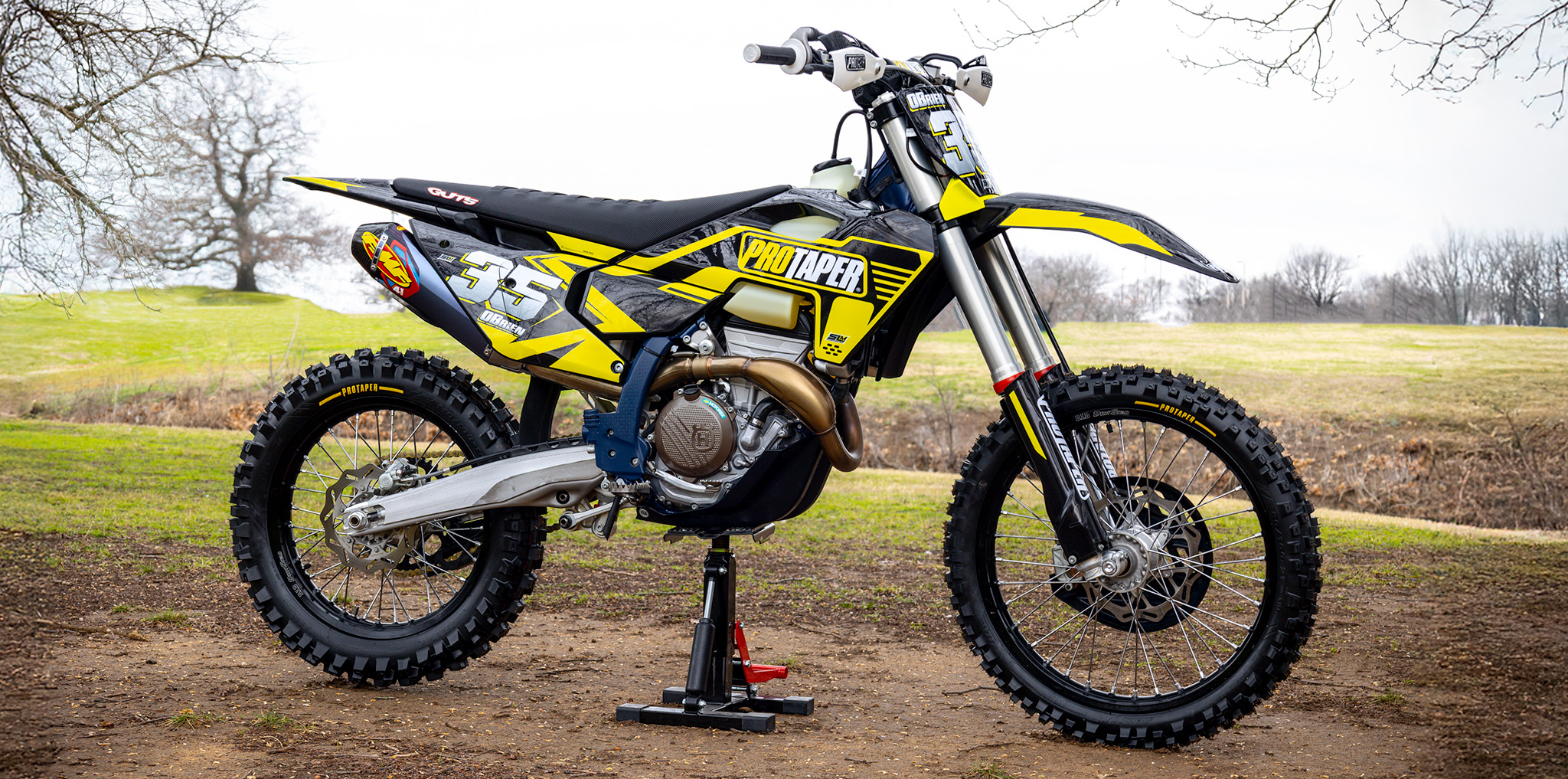
- A Ferrari-topping 400hp 5.0L V8 and all-aluminum chassis provide all the right underpinnings for driving excitement.
- Only 5,703 Z8s were built from 2000-2003, making them a rare sight on the roads.
- Originally cost $125,000, but examples have crested over $400,000 in recent auction sales.
If you’re reading these words and this car isn’t parked in your garage already, we’ve collectively missed the boat on another classic. For the uninitiated, this mysterious piece of automotive art is a BMW Z8. Produced from a scant three-year run in the early naughts, the BMW Z8 inherited the E39 M5’s 5.0-liter V8 and was mated to a six-speed manual gearbox. It’s a car that, without any exterior badging adornments, outperformed the more boastful 360 Modena it benchmarked at launch; it’s a shame that its silver screen debut saw it getting cut in half before it could get going.
Ask an automotive fan which letter of the alphabet is most often associated with BMW; it wouldn’t be the last. In fact, the quickfire “M” answer would probably be thirteen characters adrift. So too, would be most of BMW’s fandom—the Munich-based powerhouse has rested its “Ultimate Driving Machine” credo firmly on the shoulders of the ever-popular M division for fifty years—and shows no signs of relinquishing that badging.
The Power of Z
You’d wonder whether or not BMW boffins chose the Z designation to avoid competing with M out of sheer proximity, but there’s a particular reason behind the badge: The Z actually stands for zukunft (German for future). As such, this special skunkworks division has been responsible for defining and refining BMW’s long-term strategy through conceptual or production vehicle development. Many of the cues integrated into Z concept cars became commonplace fixtures in the BMW lineup shortly thereafter. Case in point: the flat undertray (found in the production Z1) and iDrive (found in the concept Z9).
Hate it or Love It
All futuristic thinking is risky when it comes to tangible consumer products. You can either get it right the first time, like the iPhone, or be completely off the mark, like Google Glass. In the case of BMW, most Z cars that have become production models aren’t usually well-received out of the gate. But that lukewarm reception has proven temporary—those lucky enough to see the beauty in revolutionary design have been rewarded handsomely. Quite literally, they all have found their values appreciated some two decades since their debut.
The Future is Retro
The Z8 harkens back to a BMW of yesteryear, the BMW 507—the world’s most expensive BMW, but its nods are far from plagiaristic. Sure, the classic roadster proportions, side scuttles, and big (well, modest by modern standards) horizontally-opposed grilles are all there. But that’s where homage ends, and BMW Z’s innovations began. Rack-and-pinion steering was a first for a V8-equipped BMW, as well as its all-aluminum, monocoque spaceframe construction. The Z8 uses neon exterior lighting, which offers two main benefits: quicker activation than standard lightbulbs and is expected to last the vehicle’s life. Rather than clutter the interior with a multitude of buttons, operations were integrated into multi-function, billet-aluminum controls—an exercise that would evolve into the ethos most modern BMWs enjoy today.
A Lasting Commitment
In 2000, Motor Trend stated: “We’re tempted to say BMW has built a better Viper-with British style and manners, German engineering and reliability, and true muscle car fire-but even that’s a bit unbecoming. Suffice to say that we’re all witnessing the birth of an automotive legend.” I think BMW knew it as well. They touted a 50-year stockpile of spares as a commitment to Z8 owners—the first genuinely modern car that became part of the BMW Classic parts catalog before it became a classic—and it’s a promise that allows enthusiasts to enjoy their cars as the manufacturer intended.
Indeed, it seems the Z8 was ahead of its time in more ways than one. With its beautiful subtlety, we don’t foresee it suddenly becoming the apple of every enthusiast’s eye. Still, I think that’s part of its enormous appeal. Those that know, know, and to everyone else, it can continue to be a mystery.




































































